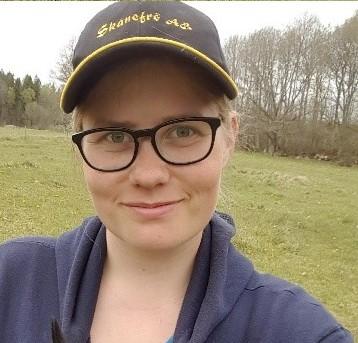Effects of habitat isolation on carabid species composition and body morphology in semi-natural grasslands

Fragmentation and habitat loss is a growing problem for many types of species and can be clearly observed in semi-natural grasslands. Semi-natural grasslands are associated with high species diversity, but much of the diversity is lost when replaced with agricultural fields, fertilized grasslands or forests. This study uses Carabids to test the effects of isolation on species composition in semi-natural grasslands. Carabids are a diverse group of beetles that have many different habitat preferences and body morphology, this makes them a good indicator for the rest of the habitats organisms. Twelve semi-natural grasslands in the municipality of Linköping were used, the areas were split into three groups of varying grades of isolation (isolated, intermediate and connected) with four areas in each group. One-way ANOVA, Indicator species analysis and a Correspondence analysis were used to try the isolation against diversity, body size, wing length and habitat preference and to find potential indicator species. There was no effect on diversity observed but grassland species were more associated with the isolated and intermediate group. The medium sized Carabids were more common in the isolated and intermediate areas while small carabids were more common in the connected areas. Wing length showed no effect in our results. Poecilius cupreus was an indicator species for the connected group but the indicator species value was quite low (0.59). The study indicates that isolation affect what species can be found, especially in regard to body size and habitat preference.
Responsible for this page:
Director of undergraduate studies Biology
Last updated:
05/08/18
